11 Fascinating Winter Traditions You Might Not Know About
Dress like a bear? Toss a shoe? We found some of the craziest wintertime customs and celebrations from near and far.
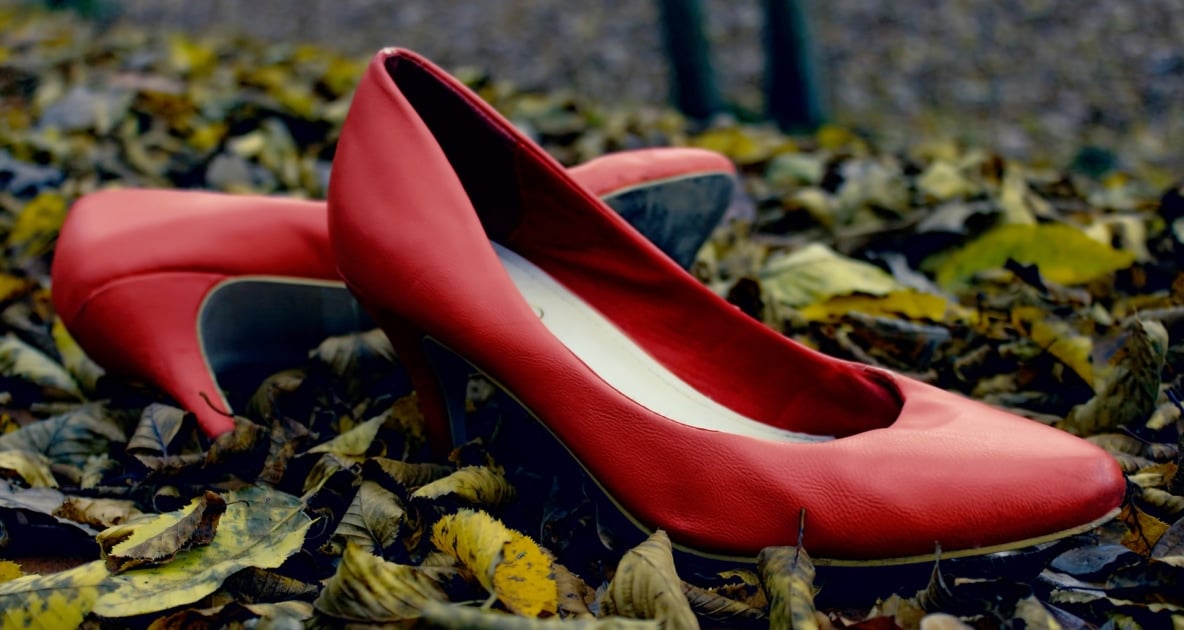
Winter, especially in December, is often associated with holidays like Christmas and Hanukkah. However, it’s important to note that there are numerous winter traditions celebrated worldwide that honor the change of seasons. You may be familiar with the burning of a yule log, for instance, but some of these customs, rituals, and festivals are more peculiar. To offer you a glimpse into this fascinating world, we have compiled a list of some of the more unique winter traditions.
11 Unusual Winter Traditions
1. The Feast of Juul (Yule Log)
The present-day custom of lighting a Yule log at Christmas is believed to have originated from the Feast of Juul. This was a Winter Solstice festival observed in Scandinavia when fires were lit to symbolize the heat and light of the life-giving Sun. A Yule or “Juul” log was burned on the hearth in honor of the Scandinavian god, Thor.
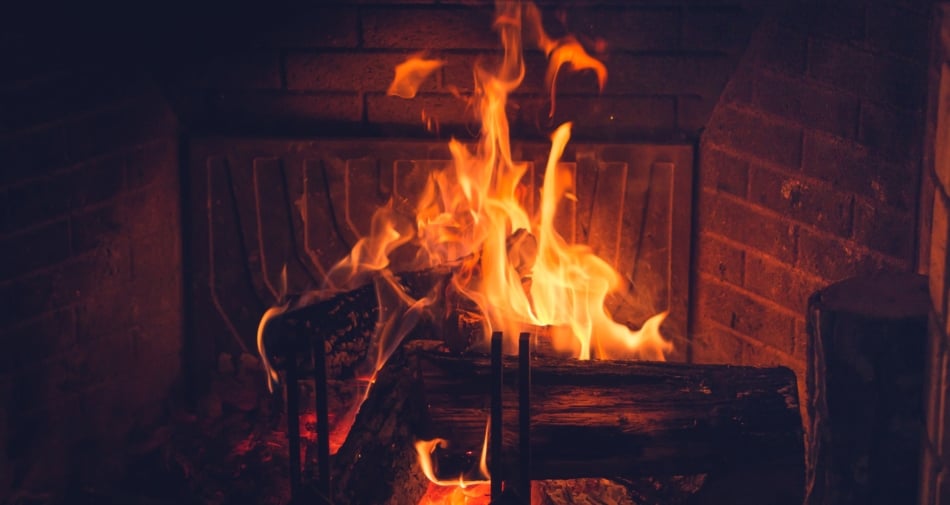
The log was never allowed to burn completely and was kept as a token of good luck, then used as kindling to start the following year’s log. In other European countries, the Yule log was burned until nothing but ashes remained, which were collected and spread ino the fields as fertilizer every night until Twelfth Night, or worn around the neck as a charm.
2. Shoe Toss?
On Christmas Day, Czech women participate in a unique tradition to determine their marital status for the upcoming year. They throw a shoe at their house, and the way the shoe lands is crucial. If the shoe lands with the heel facing the house, it is believed that the woman will remain single throughout the next year.
3. Dongzhi Festival
Dongzhi festival is a Chinese celebration that marks the arrival of the Winter Solstice. It is closely tied to the concept of Yin and Yang. According to Chinese philosophy, Yang represents the positive while Yin represents the negative. After the solstice, positive elements, such as longer daylight hours and an increase in positive energy, become stronger. Families come together during this festival to enjoy a plentiful meal, often including dumplings. This tradition is rooted in an ancient legend where a compassionate physician fed dumplings to the homeless to protect their ears from frostbite. As a result, some dumplings served during the festival are shaped like ears.
3. Ursul, The Bear Dance
In Romania, carolers dress in bear costumes and dance on New Year’s Eve in order to drive away evil spirits and help enrich the soil for the new year. Even though the bear costumes look scary and sinister, it’s actually a time of joyful celebration and a rich tradition passed down through the generations.
5. Yalda Night
This is a celebration of the Winter Solstice in Iran, considered one of the most important festivities of the year. The term “Yalda” means birth, and the festival signifies the commemoration of the longest and darkest night of the year. According to ancient Persian beliefs, this night was dominated by malevolent forces, while the following day belonged to the Lord of Wisdom, Ahura Mazda.
During this celebration, family members gather together to eat, drink, and recite poetry throughout the night. Watermelon and pomegranates, symbolic of the cycle of life, are served alongside nuts.
6. Saturnalia
Saturnalia was an Ancient Roman winter solstice festival held in honor of Saturnus, the Roman god of agriculture and harvest. It began on December 17 and lasted for seven days, and was characterized by the “suspension of discipline and reversal of the usual order.” Grudges were forgiven, wars were interrupted, and people engaged in carnival-like festivities. Some of the festival’s customs have influenced our present-day Christmas and New Year celebrations.
7. Krampus Run
In Austria, Krampus comes and visits children but, unlike Santa, his visit is not welcome: Krampus seeks out only naughty children to punish them, and if he finds a particularly naughty one, he takes that child away with him in his sack. But the celebration comes when people dress up as witches and devils and take to the streets, carrying torches and causing mayhem, for the annual Krampus Run, which is designed to scare the “devil” out of people!
8. Hiding of Brooms
In Norway, it is a tradition for people to hide their brooms on Christmas Eve before going to bed. This is because it was believed that witches and various mischievous spirits would steal brooms from households in order to ride them on Christmas Eve.
9. Night of The Radishes
Known as Noche de los Rabanos. In Oaxaca, Mexico, residents engage in a three-day festival, beginning on December 23rd, that includes carving vegetables, specifically oversized radishes, to look like the nativity and symbols from Mexican folklore. Farmers began carving radishes into figures as a gimmick to attract customers’ attention during the Christmas market. It later turned into a competition, and today attracts thousands of visitors who want to see the veggie creations.
10. Polar Bear Plunges or Dips
These events are held annually in January throughout many parts of the Northeastern United States and Canada to ring in the new year. Participants brave often sub-zero temps and plunge into a nearby body of water, quickly, foregoing wetsuits. The events are usually held to benefit a charity or bring awareness to a cause.
11. Pickles on the Christmas Tree
Households in the United States and Canada have a Christmas tree tradition of decorating with pickles as ornaments. The origin of this tradition is disputed, but one story suggests that during the Civil War, Private John C. Lower, who was captured and taken prisoner, was given a pickle to eat on Christmas Eve, which saved his life. As a result, he started the tradition of hiding a pickle on the tree each year. Another theory is that this tradition originated in Germany, called Weihnachtsgurke, where the pickle was the last ornament hung on the tree, and the first child to find it received an extra gift. Some suspect that it was a marketing tactic by Woolworth & Company to sell more pickle ornaments.
Join the Discussion
Have you burnt a yule log?
How do you ring in the new season?
Are there any other traditions or customs we left off the list?
Share with your community here in the comments below!
Related
Meet the Birds of the Twelve Days of Christmas
6 Native American and Indigenous Winter Traditions
This article was published by the staff at Farmers' Almanac. Do you have a question or an idea for an article? Contact us!


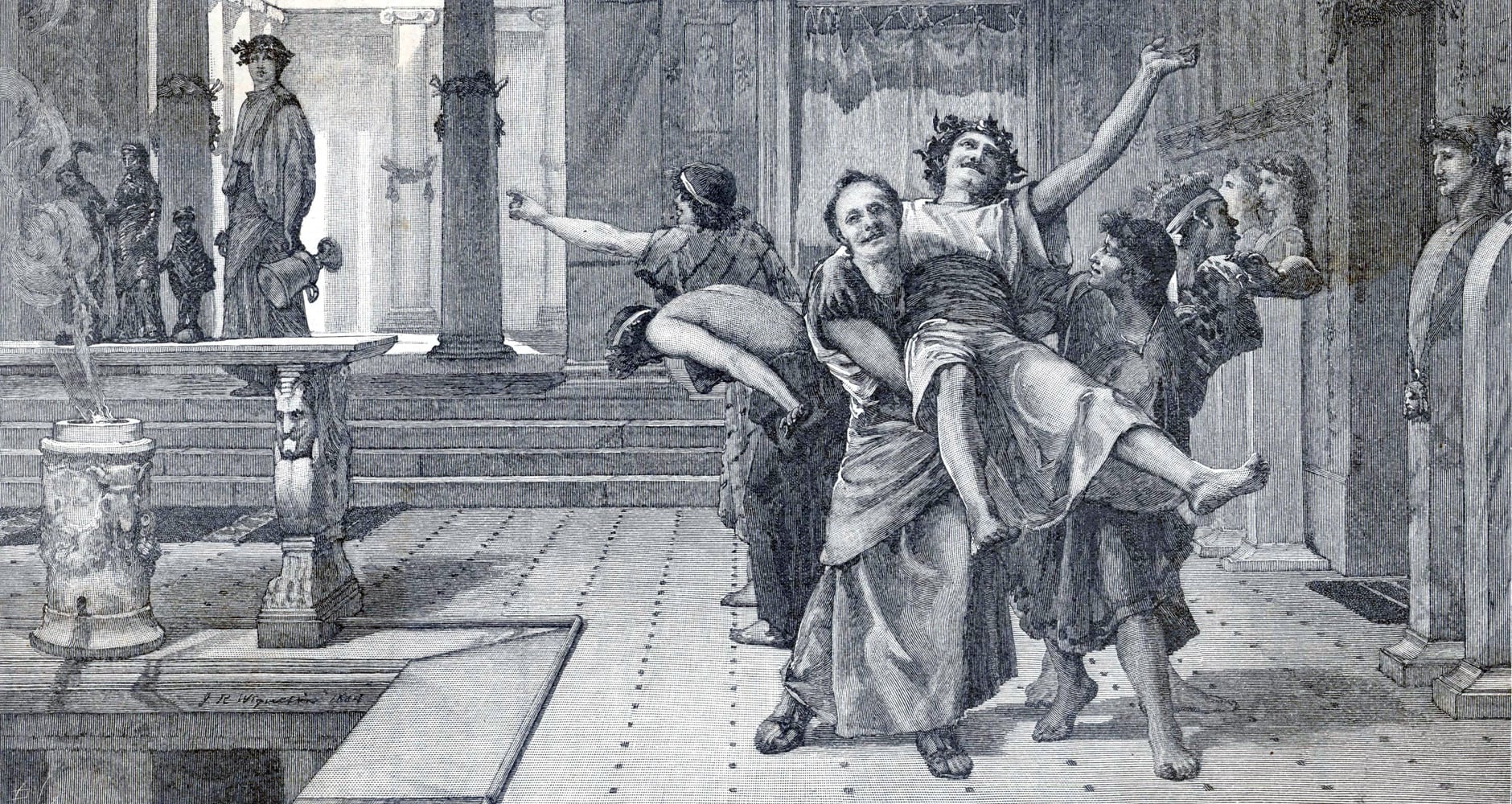
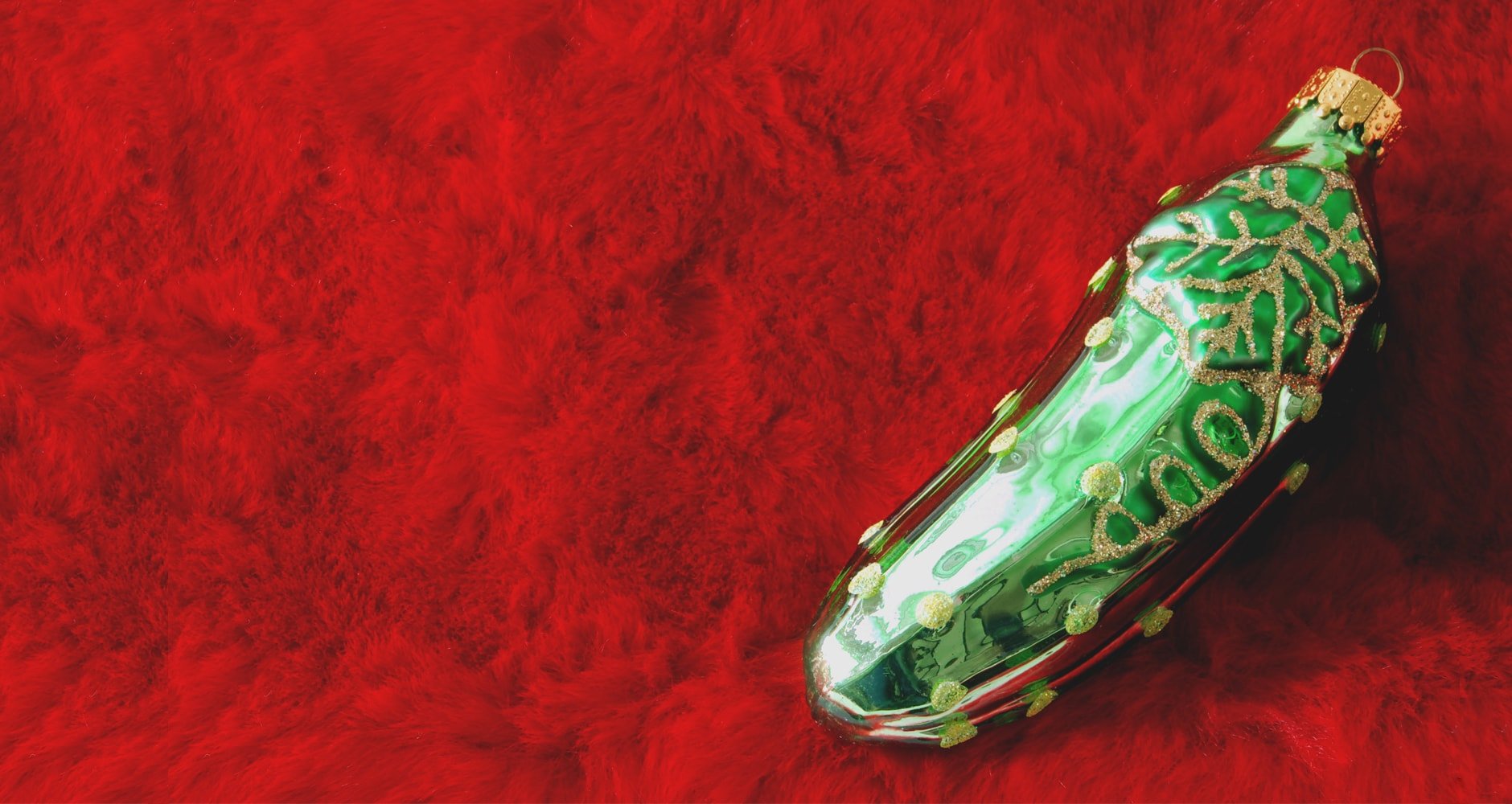



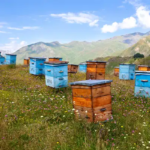

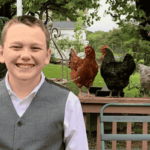
You didn’t mention Black-eye peas. I always serve them Jan 1. The night of solstice would be good as well. Eating Black-eyed Pea at the beginning of the year will bring good luck. In the cabins of the black plantation villages the food at family gathering had to be flexible and cheap. black-eye peas vines were grown for animal fodder so it was easy to get black-eyed peas. A big pot of beans at the edge of the fire could feed someone anytime. A touchstone for an underground community.
Hi Carolyn, we do have a story about what to serve for good luck on January 1 and Black Eyed Peas — thanks for your comment. Good idea for the Solstice as well. https://www.farmersalmanac.com/hoppin-john-11704
6. hiding of the broom
in Norway people hide their broom because of the spirit and witches that come at night
In the Bay of Fundy islands (Deer, Campobello and Grand Manan Islands), on Christmas Night (night before Boxing Day) Granny Goodie (supposedly Santa’s wife) would fill our stockings with common items (orange or clementine, nuts in shells, Christmas candy, and a few odds & sods as well as one special gift (like a wrist watch or small doll, or toy boat, etc). Not common everywhere. But particularly important on the Fundy Isles. Thank you for explaining the use of pickle ornaments, I always thought they were just plain weird!
That’s what we got in our stockings but it was from Santa. That’s what we got from Santa. Santa was not a big spender.
Italy. Throwing away an old pair of shoes on New Years Eve. ‘So you don’t go there again.
Emily – haha! Love that!
I may toss all my pairs this year if it makes 2020 go away
I’m Canadian and I have never, ever heard anything about pickles on a Christmas tree.
Here in the UK we have a Christmas day swim just like the one above in our tiny seaside town of Porthcawl.
#11 Pickles. One of the legends/myth of St. Nicholas is the rescue of a group of small children from a Pickle vat.
My great grandmother from Sicily would make lentil soup on New Year’s Eve. The more Lentils you ate… the more money you would make in the upcoming year. Needless to say, we kids ate mounds of lentils (in all honesty, if you tasted her scrumptious lentil soup, you didn’t need the $ incentive).
Interestingly, recently spent one holiday with friends who were from Ecuador, who gave small hand sewn packages of raw lentils to everyone on New Year’s Eve for luck.
Up Helly Aa– An annual festival of Fire of the Shetland Islands of Scotland. Held in January to mark the end of the Yule Season. They traditionally throw flame spear’s at a wood replica of a Viking Ship, burning it to ash. My husband a co worker’s have held their own version. It’s quite the event!!
Great information! It’s the type of info I like pass onto the Grand Kids>